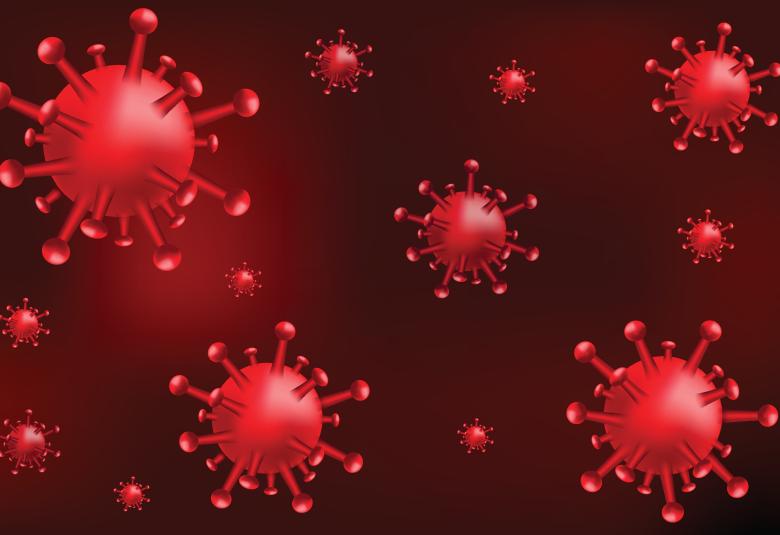New knowledge about the role of genes in contributing to an increased risk for Parkinson’s disease and potential targets for intervention to improve outcomes from the disease was presented by experts at MDS Virtual Congress 2020.
Genes contributing to an increased risk for PD include:
An inverse relationship between glucocerebrosidase levels and oligomeric α-synuclein
- the glucocerebrosidase gene, GBA1
- the leucine-rich repeat kinase 2 gene, LRRK2
- the α-synuclein gene, SNCA1,2
An inverse relationship exists between levels of glucocerebrosidase and oligomeric α-synuclein,3 noted Professor Ellen Sidransky, National Human Genome Research Institute, MD.
LRRK2
Mutant LRRK2 is neurotoxic
LRRK2 is the most common monogenic cause of PD, accounting for 1–5% of cases, said Professor Elisa Greggio, Padova, Italy. LRRK2 PD is similar to sporadic PD phenotypically and in its response to levodopa.4
Progressive nigral dopaminergic neuron degeneration is observed in a mammalian LRRK2 G2019S mutation model,5 and LRRK2 G2019S kinase activity in human and animal models triggers neurotoxic N-ethylmaleimide sensitive factor (NSF) aggregation,6 said Professor Greggio.
LRRK2 regulates lysosomal‐based degradative pathways in neuronal and non‐neuronal cells,7 she explained. It is thought that NSF aggregation interferes with catabolism leading to the formation of cytotoxic protein inclusions.7
LRRK2 plays a role in lysosomal‐based degradative and inflammatory pathways
LRRK2 also plays a role in inflammatory pathways; and regular use of anti-inflammatory drugs may be associated with reduced penetrance in LRRK2-associated PD.8
α-synuclein
α-synuclein is a presynaptic nerve terminal protein that may be involved in membrane transport, but its physiological role is otherwise unknown, said Professor Daniel Otzen, Aarhus, Denmark.9 Aggregated α-synuclein is the major constituent of the intraneuronal Lewy bodies associated with PD.10
α-synuclein oligomers and fibrils are cytotoxic and trigger aggregation
α-synuclein monomers are highly dynamic but conversion into cytotoxic oligomers and fibrils triggers aggregation,11 he explained.
The mechanisms responsible for the conformational changes of α-synuclein are not clear. Future understanding about the factors that promote the formation of monomers, oligomers, and fibrils and α-synuclein aggregation promise to inform the development of biomarker assays and therapies for PD.12
Our correspondent’s highlights from the symposium are meant as a fair representation of the scientific content presented. The views and opinions expressed on this page do not necessarily reflect those of Lundbeck.




